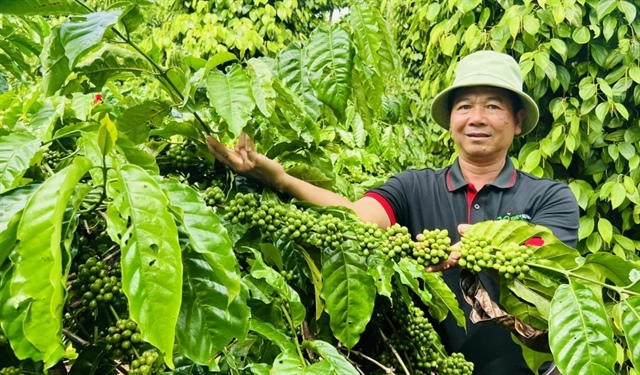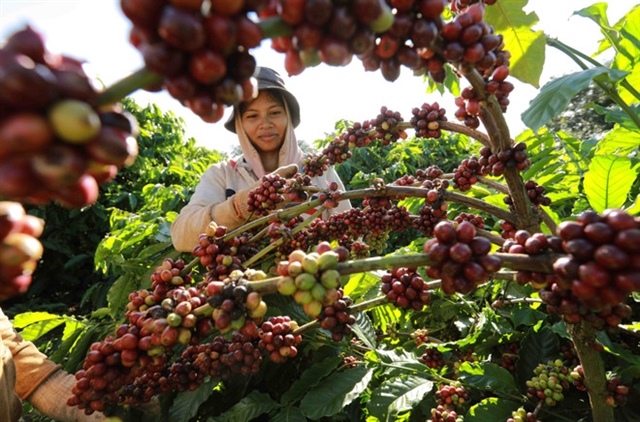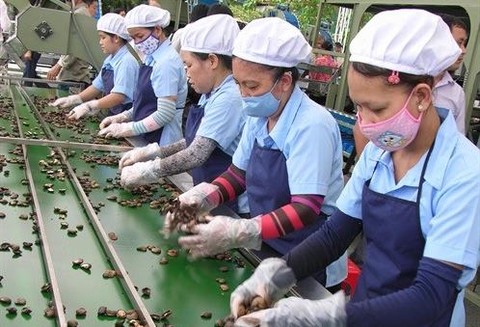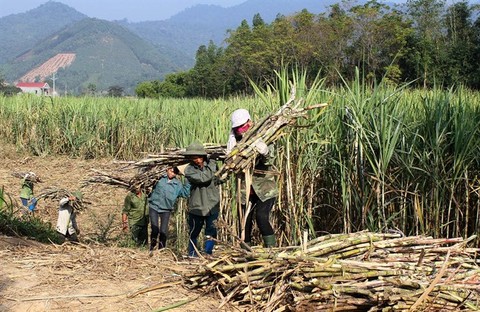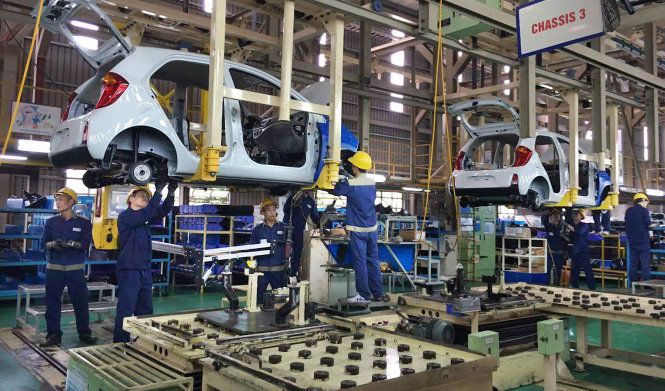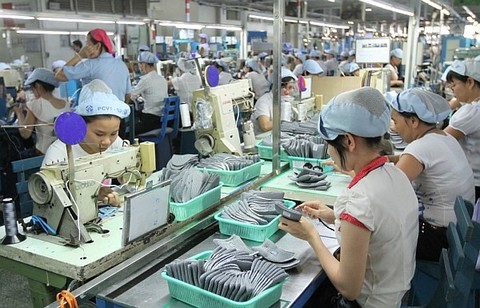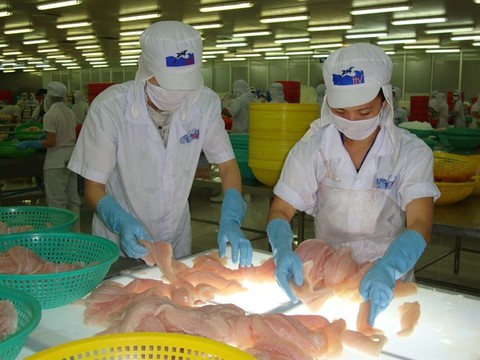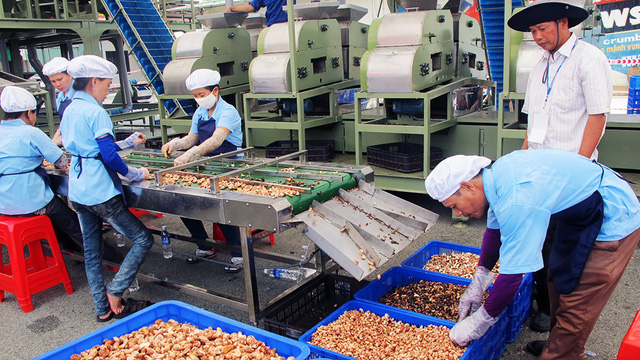Funds crucial for supervision of raw milk quality
Funds crucial for supervision of raw milk quality
Monitoring of raw milk quality was still limited by lack of funds and human resources from specialised management agencies.
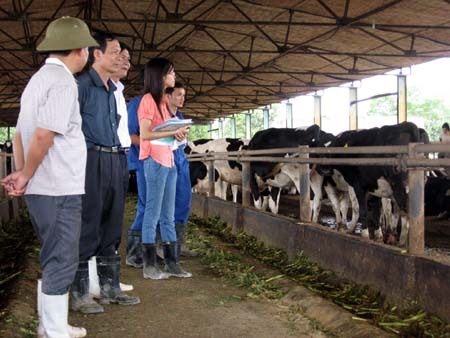
This was observed by Tong Xuan Chinh, deputy director of Livestock Husbandry Department at the Ministry of Agriculture and Rural Development, at the National Dialogue on RawMilk Quality and Supply in Ha Noi on Tuesday.
He said supervision of rawmilk quality was an indispensable activity of the dairy industry at any scale to produce good-quality dairy products.
To achieve that, milk enterprises were paying great attention to the quality of fresh raw milk in line with international standards, he said. These processes were based on the performance of basic quality tests at different stages: purchasing, transporting, processing, packing, preserving and distributing.
According to La Van Thao, chief of the Livestock Husbandry Department’s cattle office, raw milk is currently collected in four forms. First, milk-processing enterprises sign raw material purchase contracts with farmer households according to the standards prescribed by enterprises. Milk purchase prices are based on raw milk quality. Second, milk-processing enterprises sign contracts for product purchase and support for raw material development, technical training and credit support. Third, enterprises invest in dairy production in closed chain (from feed to cattle breeding to processing and consumption). Fourth, dairy enterprises sign contract to sell raw milk to another company specialising in milk processing, such as the link model of Hoang Anh Gia Lai Company with NutiFood Company.
Many areas such as Ha Noi, HCM City, Thanh Hoa and SocTrang provinces with dairy farming were also involved in chain production.
Domestic rawmilk production, however, was still low, meeting only 40 per cent of total domestic consumption. Moreover, the quality isn’t stable. There were many reasons for this: Up to now, 65 per cent of national dairycows have been bred on a smallscale (a household breeding of two to three cows) and at farmer households, so compliance with the requirements of the breeding process, housing conditions, food hygiene and safety is not guaranteed.
The quality of dairy cattle, nutrition, food and disease epidemic safety hasn’t been properly invested in and has been strictly controlled, so the volume of raw milk produced in the country was still low.
A large quantity of raw milk wasn’t being purchased by factories because it didn’t meet quality requirements.
Representatives of some influential milk enterprises at the meeting said one of the challenges they faced was overlapping management responsibility of the relevant ministries, which was not in line with the actual production and food safety law.
The Ministry of Agriculture and Rural Development manages raw milk production, the Ministry of Industry and Trade manages liquid milk product and the Ministry of Health looks after liquid milk supplement with micronutrients.
A representative of the Dutch Embassy in Viet Nam shared the Netherlands’ experience that developing the dairy-processing industry in Viet Nam needed strong cooperation between farmers and through clubs to learn about breeding experiences and updated techniques.
In 2017, Viet Nam’s dairy farming industry developed steadily. Dairy cattle continued to grow, with some enterprises increasing investment and expanding the scale of animal husbandry combined with favourable conditions in some localities.
The National School Milk Programme has promoted the development of dairy herds. Meanwhile, dairy cattle was growing well and expanding in other localities, such as provinces of Phu Yen, Thanh Hoa, Lam Dong and Ha Giang.
Quality of the dairy herd has been improved through the process of selection and improvement of feeding. Many enterprises have invested a lot in industrial dairy farming using high technology to link the processing and distribution of milk products.



